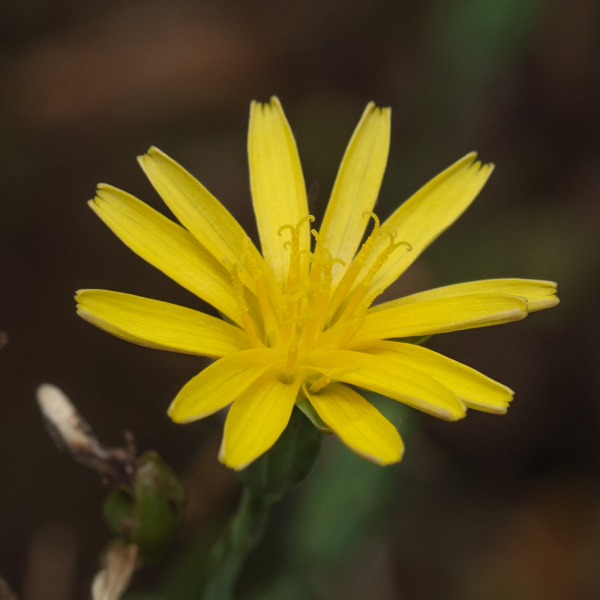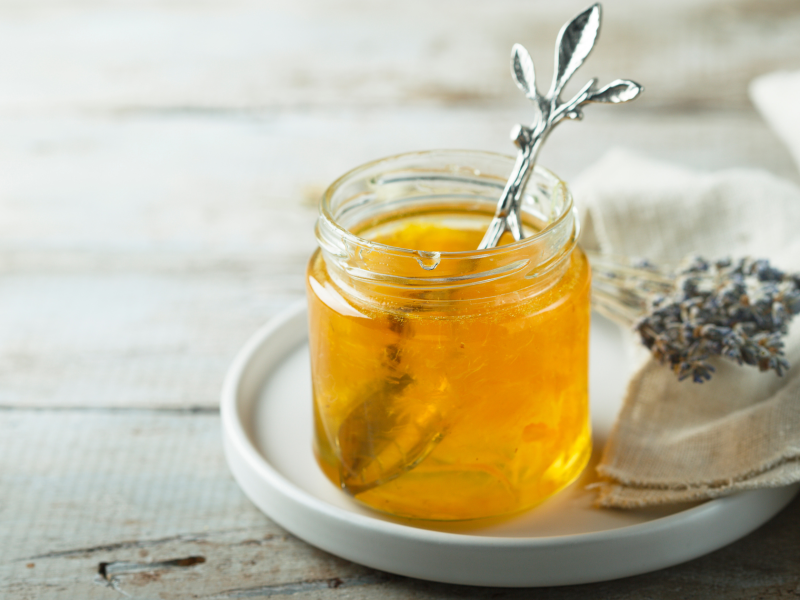Description
A lesser known herb traditionally used by Native Americans for treating a wide range of ailments, most notably for relaxing the respiratory system.
Gumweed’s bright-yellow flowers burst into life in the second year – revealing a gummy white oleoresin prior to opening into full bloom. If you taste the resin you will notice a bitter pungency revealing the piney, lemony notes. This is the time to harvest the flowers and dry them for a tea or tincture. The whole aerial parts can be harvested then too.
There are a number of different Grindelia species known as gumweed; this particular species, G. integrifolia, is native to a wide variety of habitats in the mountains, deserts and coasts of western North America. It is a resilient and remarkably adaptable plant that can grow in extreme conditions – so long as it is in a sunny spot.
Most literature describes gumweed as a perennial, but in the UK climate we find that it behaves as a biennial. It is normally a reliable self-seeder, but it’s worth collecting and sowing seeds every year to ensure you have the annual pleasure of its flowers.



















Reviews
There are no reviews yet.